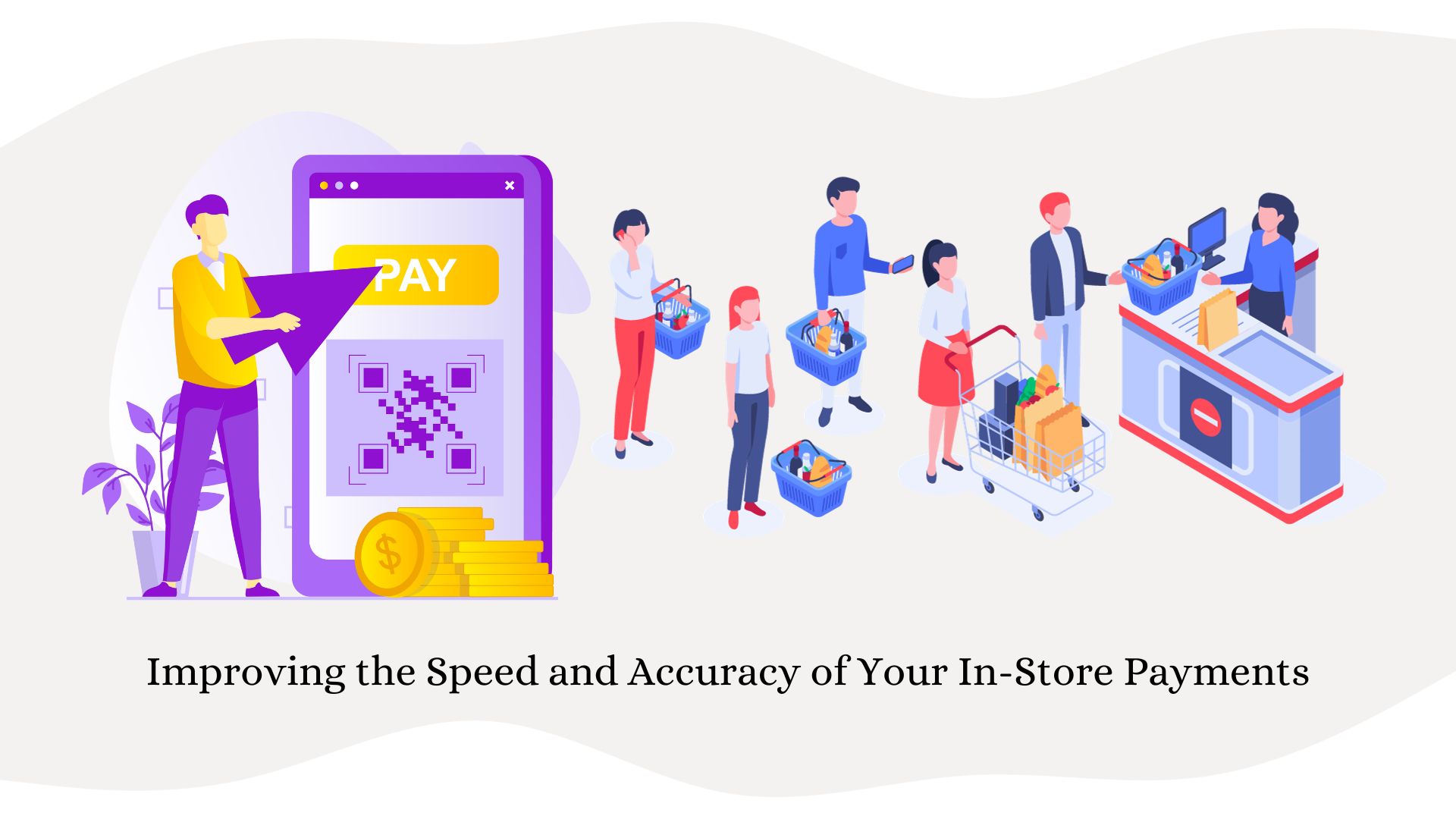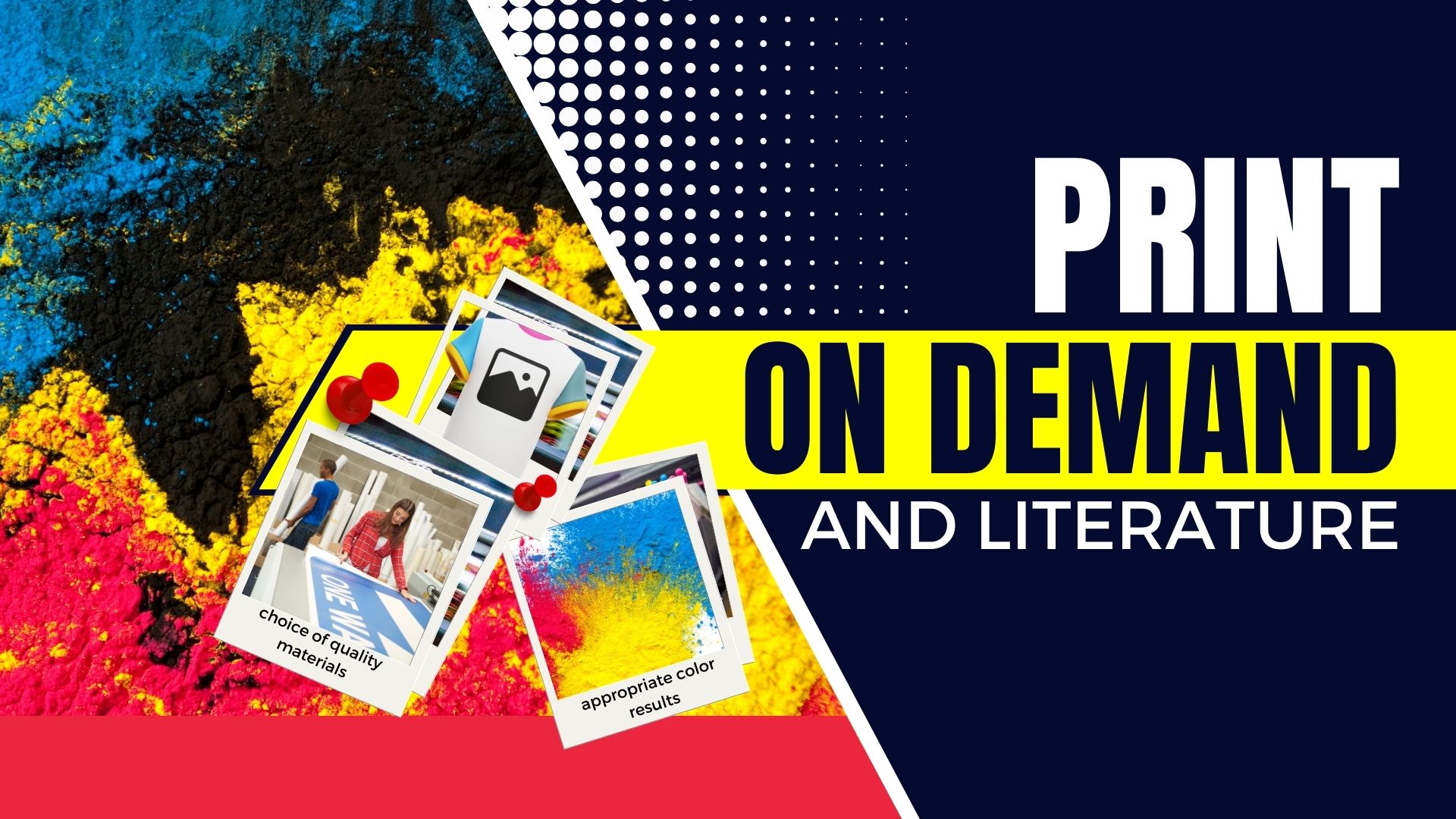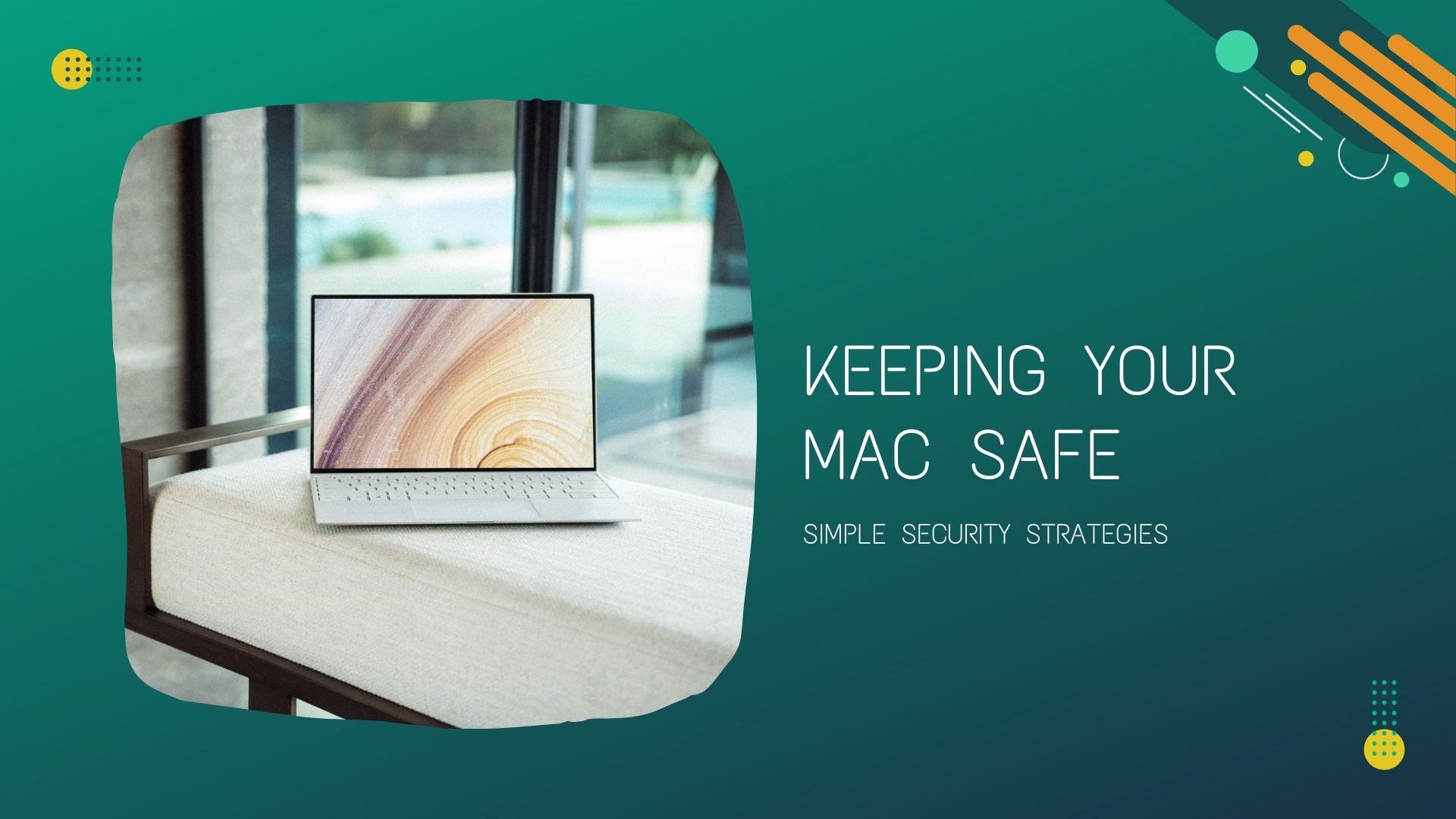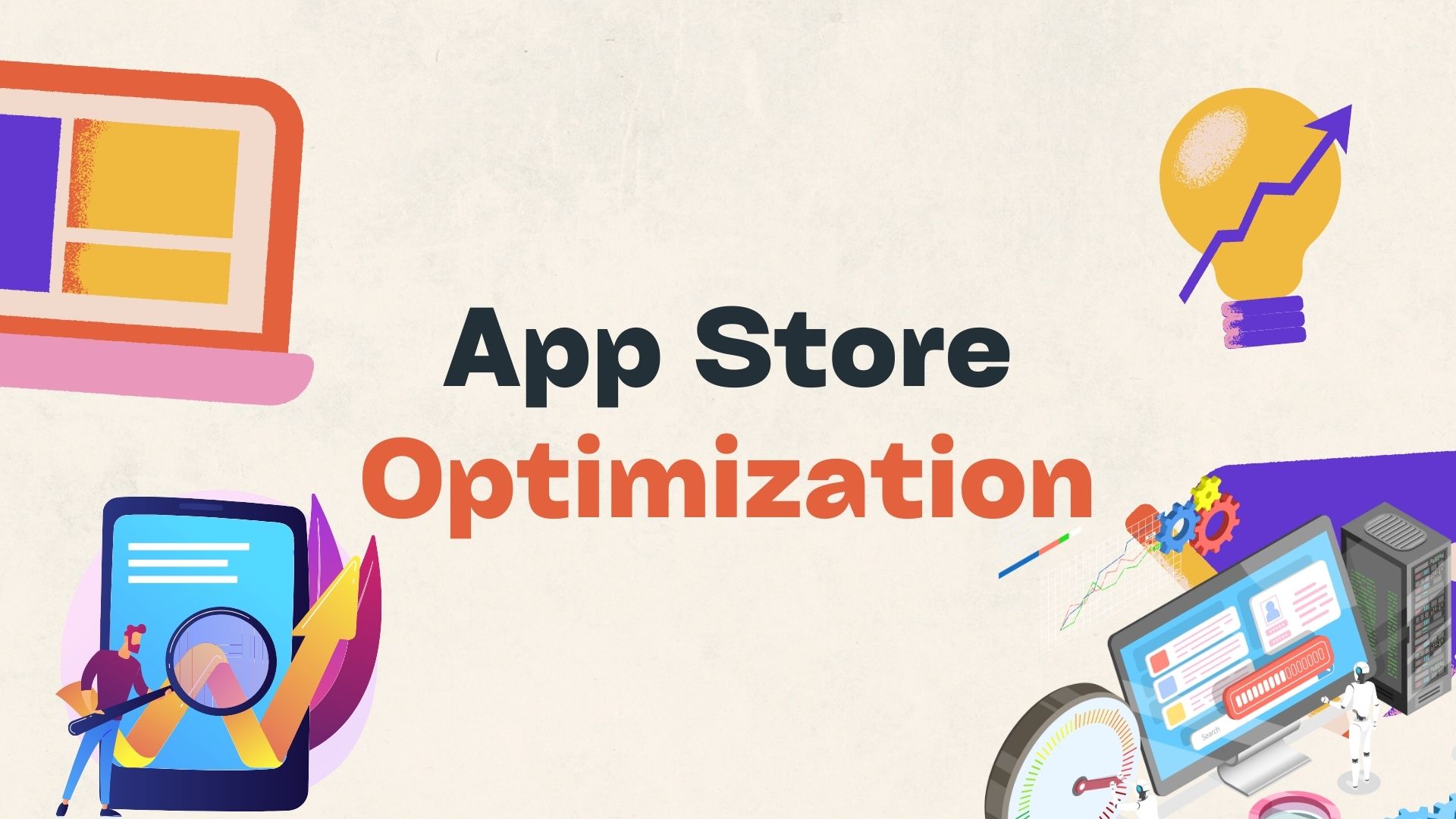6 Tips for Improving the Speed and Accuracy of Your In-Store Payments

In a business like retail, change is the only constant. As a business owner running a small- to medium-sized enterprise (SME) in the retail sector, it's crucial for you to keep up with all the innovations common to your sector. Beyond boosting your bottom line, these technologies are necessary to ensure the resilience of your retail establishment and its potential to grow even bigger in the future.
One aspect of running your retail business that should warrant your immediate attention is the speed and accuracy of your in-store payments. Long queues at the checkout counter and mistakes made during the checkout experience can severely impact customers’ impression of your business. In a retail landscape that’s already assumed to cater to people’s convenience, no business can afford to fumble in its payment processes.
To that end, here are six tips to optimize your in-store payment experience and transform your checkout into a smooth and streamlined one that your customers won’t mind repeating:
1) Accommodate More Contactless Payment Options
There’s no denying the market shift towards contactless payment options, especially in a heavily purchase-driven sector like retail. Instead of relying on cash or cards, customers want the option to pay through a variety of contactless methods. Failure to accommodate them as soon as possible could leave your retail brand behind for good.
In the Philippines, even the government has thrown aggressive support behind contactless payment systems. One notable effort in this regard is the Digital Payments Transformation Roadmap, which aims to convert at least 50 percent of payments made to digital ones. Fortunately, financial technology companies such as Maya Business are already providing these much-needed digital payment solutions to startups and SMEs based in the Philippines.
For retail businesses with physical stores, for example, the company offers its Maya business terminal flagship portable payment device. The all-in-one Maya Terminal accepts a variety of cashless payments, such as from debit and credit cards, QR codes, and digital wallets. Its cashless payment technology enables customers to pay quickly and securely for their purchases with less time and effort than it would take them to hunt for and count their cash.
Cashless solutions like the Maya Terminal also allow store cashiers to accept and process payments in a more accurate manner, reducing potential losses from miscounted cash at the point of sale. For reasons like those, cashless technologies can do a lot to bolster the speed and accuracy of a retail business’s in-store payments.
2) Invest in a User-Friendly POS
Your point of sale (POS) system should be considered the core of your payment process. But it won’t be enough for you to buy just any type of POS technology right off the shelf. If you really want your POS to play a role in improving the speed and accuracy of your payments, you have to consider qualities like its user-friendliness and range of features.
This is where modern POS alternatives like the Maya POS terminal shine. Operating this wireless and handheld device is as easy as operating your smartphone. Best of all, your cashier won’t need to punch in the price of any item twice, since it can already be depended on to synchronize with your electronic cash register and inventory system.
Upgrading the POS itself can do a lot to reduce errors, improve payment accuracy rates, and provide a more seamless purchase experience for both your customers and store staff. Consider investing in a POS innovation that can truly keep up with your busy retail operations.
3) Train Your Cashiers Properly
Knowledge and experience on the part of your staff will heighten the effectiveness of any new payment technology you bring on board. For every upgrade you make, ensure that your cashiers’ skills and knowledge are upgraded as well.
With the right training, your employees will be both proficient and confident in operating your new POS and payment technologies. You should also consider holding refreshers that deal with best practices for handling payments in addition to maneuvering new payment innovations.
Well-trained cashiers will be equipped to conduct payment processes with fewer errors and, in general, provide better customer service. Given how vital customer satisfaction is in the retail industry, this investment in training pays dividends.
4) Add Special Checkout Stations
Long queues can be a deterrent for customers, especially when they only have a few items to purchase. To address this issue, consider implementing special checkout stations for customers with a limited number of items. These express lanes can significantly reduce wait times, which is more likely to leave your customers satisfied with the speed and efficiency of your service. Express lanes can also turn a potentially negative experience into a positive one, making your store more appealing to return to overall.
Aside from express lanes, you can also open exclusive lanes for your most loyal buyers. This will encourage regular customers to opt into your loyalty programs, further solidifying your business’s relationship with its customers.
5) Consider Having a Single Queue for Multiple Servers
Efficiency in queue management is critical for a successful in-store payment process. Instead of having separate queues for each checkout counter, consider implementing a single queue that feeds into multiple checkout stations.
This approach optimizes the distribution of customers, minimizes queue congestion, and provides a fair and efficient waiting experience. In fact, businesses that have adopted this strategy have seen notable improvements in queue management and overall customer satisfaction.
6) Keep Customers in the Queue Engaged
Find creative ways to keep customers engaged while they wait in line, for example by offering in-queue entertainment or giving them opportunities to discover informative content about your products while they’re waiting for their turns.
Also train your staff to interact with your customers and to help the latter feel more at ease in your store. They can ask if customers need help, offer them the chance to take a closer look at another product, or give them a treat as a thank you for their patience. Transforming waiting time into a positive experience will alleviate customers’ impatience as well as leave them with a lasting good impression of your retail business.
Even seemingly small improvements to the speed and accuracy of your in-store checkout and payment procedures will do a lot to boost your business’s bottom line. Implement the tips above to engineer a payment experience that will stand out to your customers in the best of ways.

Wayne Kernochan has been an IT industry analyst and auther for over 15 years. He has been focusing on the most important information-related technologies as well as ways to measure their effectiveness over that period. He also has extensive research on the SMB, Big Data, BI, databases, development tools and data virtualization solutions. Wayne is a regular speaker at webinars and is a writer for many publications.



